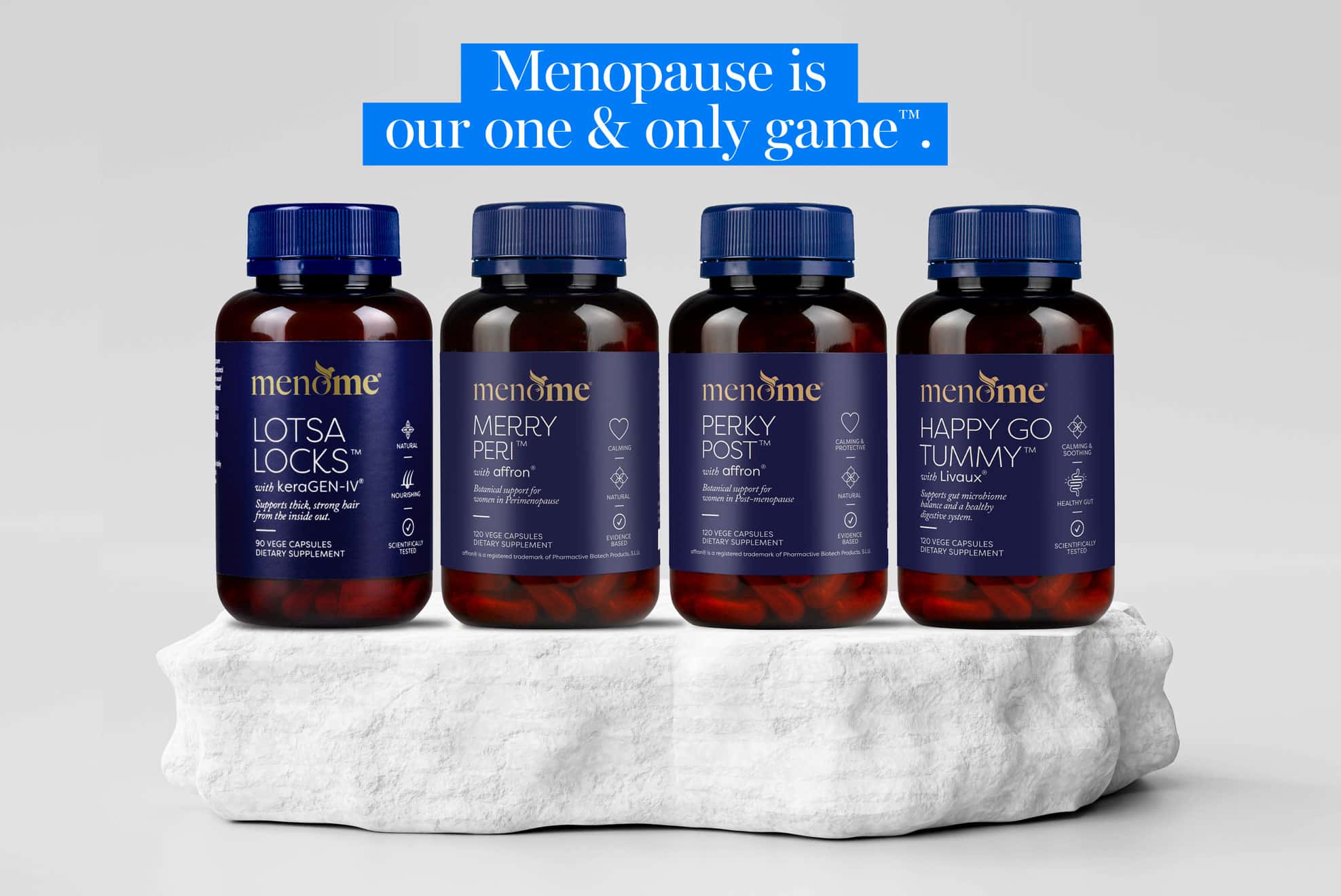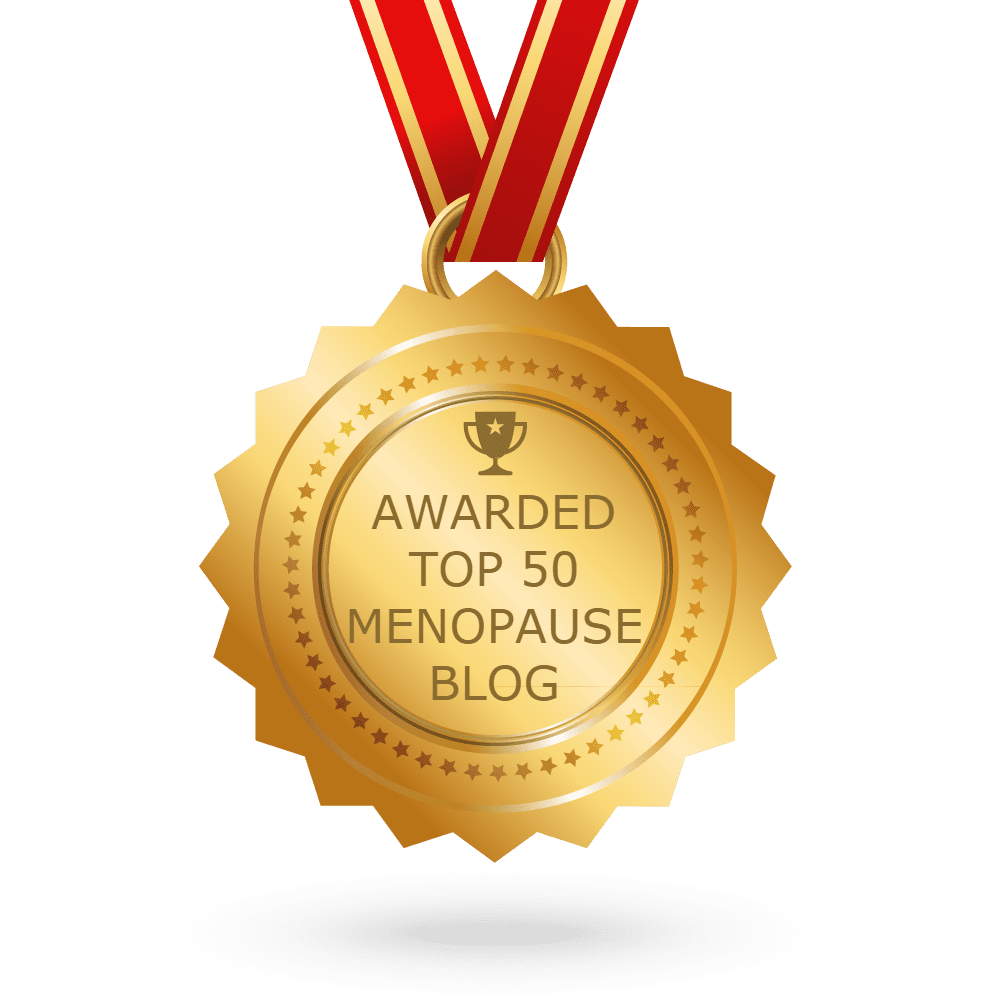Menopause & Skin Rashes: What’s Causing It & How To Find Relief

Have you noticed a rash occurring on your skin lately?
This subject came up in our community recently. Although, it’s not one of the more common signs of peri/menopause and we promised to look into it for you. Because we understand that the arrival of a rash of any kind can be unsettling. 🆘🆘🆘
This Time In Our Lives Has The Greatest Impact On Our Health Share on X
More women than ever are speaking up about peri/menopause and seeking answers. As a result, health professionals are beginning to recognise just how much these life stages impact women’s overall well-being. However, research remains limited, and many GPs still have gaps in their knowledge.
It’s a maybe
It turns out rashes aren’t a direct result or actual sign of menopause. However, hormonal changes can sometimes trigger or worsen them. (Sigh!)
What is peri/menopause?
If you’ve been here before, you’ll know that peri/menopause is a time of major physical change.. Indeed, it marks the transition to the end of our periods and fertility, driven by shifts in key hormones. Mainly estrogen and progesterone although cortisol, thyroid and insulin also play a role.
During this time, estrogen production slows, ovulation stops, and our menstrual cycles come to an end. As our hormone levels fluctuate, many of us experience symptoms like hot flushes, vaginal itchiness or dryness, joint aches, and/or mood swings.
So far, so familiar right?
Estrogen, skin & sensitivity
Declining estrogen levels don’t just affect our cycles – they impact our skin too. While research is still catching up, one thing is clear: as estrogen drops, our skin becomes drier and more prone to fine lines and wrinkles (sob!). Some like to call them the marks of a life well lived! 😊
But here’s something that’s less talked about: menopause-related changes in body temperature and skin function can also make skin more sensitive. Itchy skin, paresthesia and formication ( a “bugs crawling” sensation) are common, thanks to our body’s thermostatic system going a little haywire. And when a hot flush hits, skin often turns red as it heats up.
This increased sensitivity may also mean your skin reacts more strongly to irritants – think rashes, redness, or unexpected reactions to fragrances, skincare, or fabrics that never used to bother you. Sound familiar?
Rosacea & eczema
In our 30s and 40s, we may become more prone to skin conditions like rosacea (redness around the nose, cheeks, and forehead) and eczema. While these aren’t directly linked to hormonal changes, they can still flare up during this time
Allergies
One common but often overlooked symptom of perimenopause is changes in allergies, which can sometimes be the culprit behind skin rashes. This is due to shifts in our histamine response – a key player in the immune system.
Our bodies contain mast cells that release histamine to help manage allergic reactions. These mast cells also have estrogen and progesterone receptors, which is why menopause can throw things off balance. While most mast cells are found in the gut, they’re also present in the skin. Simply put, when histamine is released, it can cause blood vessels to expand, leading to inflammation – hello, skin rash!
Every Body is different
You may have noticed I’m using words like could, may, and might rather than will, does, or is. 😊 That’s because what affects one woman might not impact another. Every Body is unique!
What can you do?
There are a few tried and true ways to help soothe irritated skin:
- Support your hormonal changes and gut health – our Merry Peri®, Perky Post® and Happy Go Tummy® can help!
- Switch up your skincare and opt for fragrance-free, gentle formulations.
Bottom line
There’s no clear-cut answer when it comes to rashes during the meno years. If you’re experiencing persistent skin changes, it’s always a good idea to check in with your GP or a dermatologist. There could be a variety of reasons behind it, and getting the right guidance can help you find relief.
Photo Credit: Jeremy Bishop










